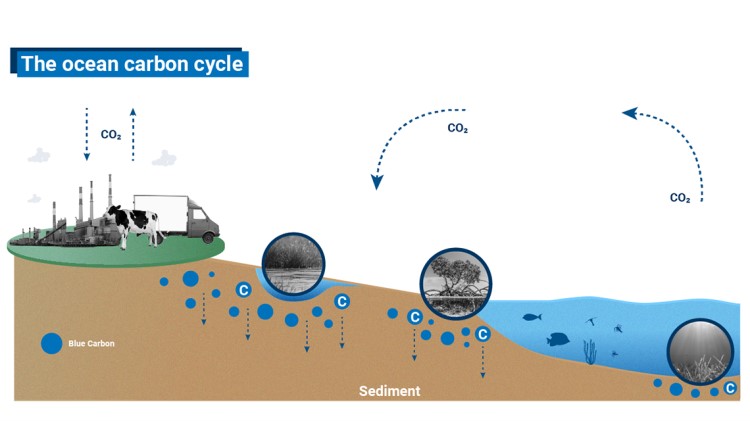7667766266
enquiry@shankarias.in
Why in News?
Current studies suggest that mangroves and coastal wetlands annually sequester carbon at a rate 10 times and store three to five times more carbon per equivalent area greater than tropical forests.
Mangroves alone have the capacity to store more than 1,000 tons of carbon per hectare.

Reference